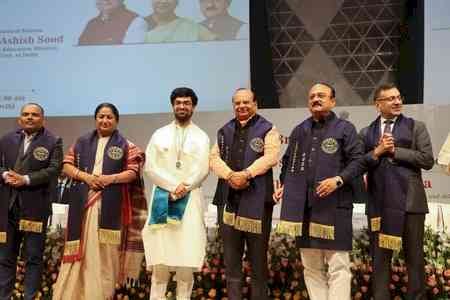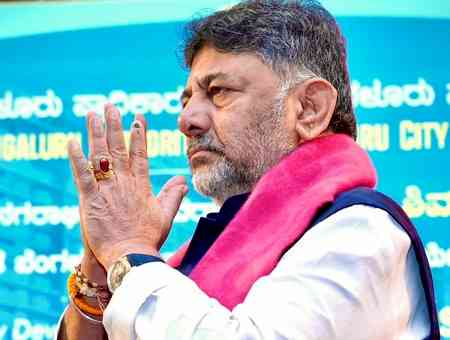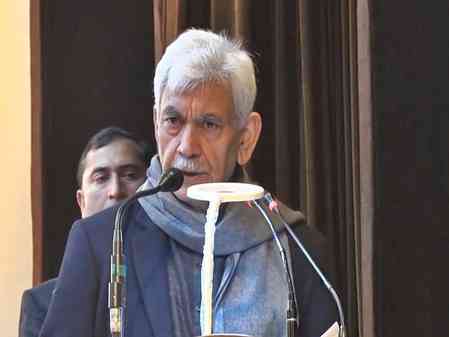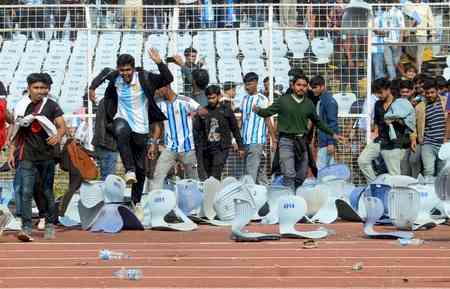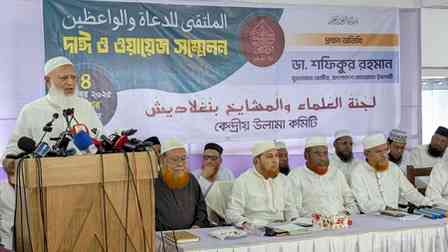PRAHAR calls for industrial growth in remote regions
It’s an NGO dedicated towards finding solutions for problems of helpless
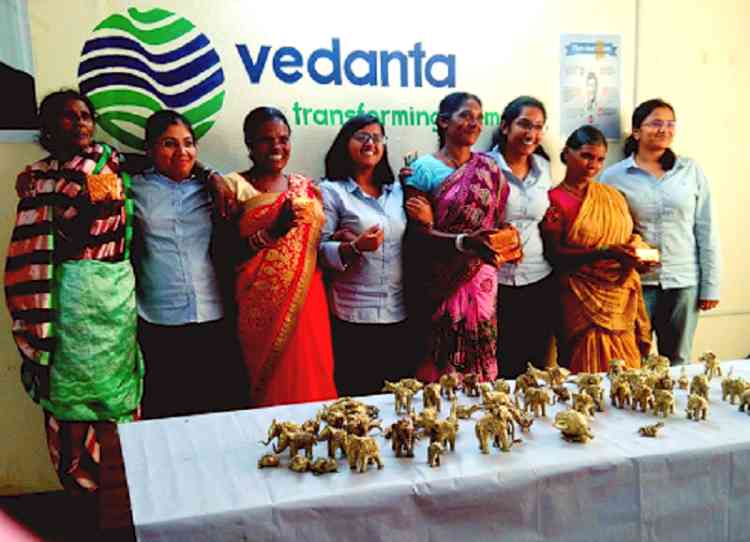
Chandigarh: Public Response Against Helplessness and Action for Redressal (PRAHAR), an NGO dedicated towards finding solutions for problems of the helpless, on Thursday called for a comprehensive national strategy targeting accelerated industrial growth in remote regions of India to bring relief to workforce which has receded there because of the COVID-19 pandemic. This call-for-action is part of the NGO’s recently launched ‘National Movement for Livelihood Resurrection’ campaign in the COVID-19 era.
Abhay Raj Mishra, President and National Convenor, PRAHAR said, Covid-19 lockdowns have led to unprecedented reverse migration of workers in India. Also, the pandemic has caused mass-scale destruction of livelihoods in urban regions. Instead of continuing to push for industrial growth in corridors near urban centres, we need to incentivize expansion and setting up of new industries in remote regions with abundant labour workforce.
He further said that there is statistical evidence that one organized sector direct employment in a poor region triggers 10 or more new indirect livelihoods as compared to only average 4 livelihoods in developed regions. Therefore, this is an opportune time for India to also adopt a reverse industrialization strategy to compliment reverse migration of its workforce.
Meanwhile, Sattva Consulting has conducted a ground-research in the Kalahandi district of Odisha which has revealed significant socio-economic transformation of the region after Vedanta commissioned its alumina refinery and captive power plant in Lanjigarh in 2003. Vedanta is one of the world’s leading mineral resources companies and the largest producer of aluminium in India.
Till the year 2000, the Kalahandi district used to be one of the most poverty-stricken regions of Odisha and India. The district used to score extremely low on indicators like poverty ratio, literacy, per-capita income, connectivity, safe drinking water, coverage of health infrastructure, household savings, banking network and education etc. With support from the government things started to change from the 2000 and specifically in the last 17-yr the region has shown remarkable transformation on all key parameters, after the Vedanta plant was commissioned in the district in 2003.
The study offers valuable insights on how a single mega project can deliver quantifiable impact across key developmental parameters including livelihood impact, education impact, health impact, Infrastructure impact, hygiene improvement and environmental impact.
The study involved data collection through survey of 420 households covering blocks of Kalahandi-Lanjigarh, Bhawanipatna, Thuamul Rampur, Narla, Kesinga, Golamunda.


 cityairnews
cityairnews 
